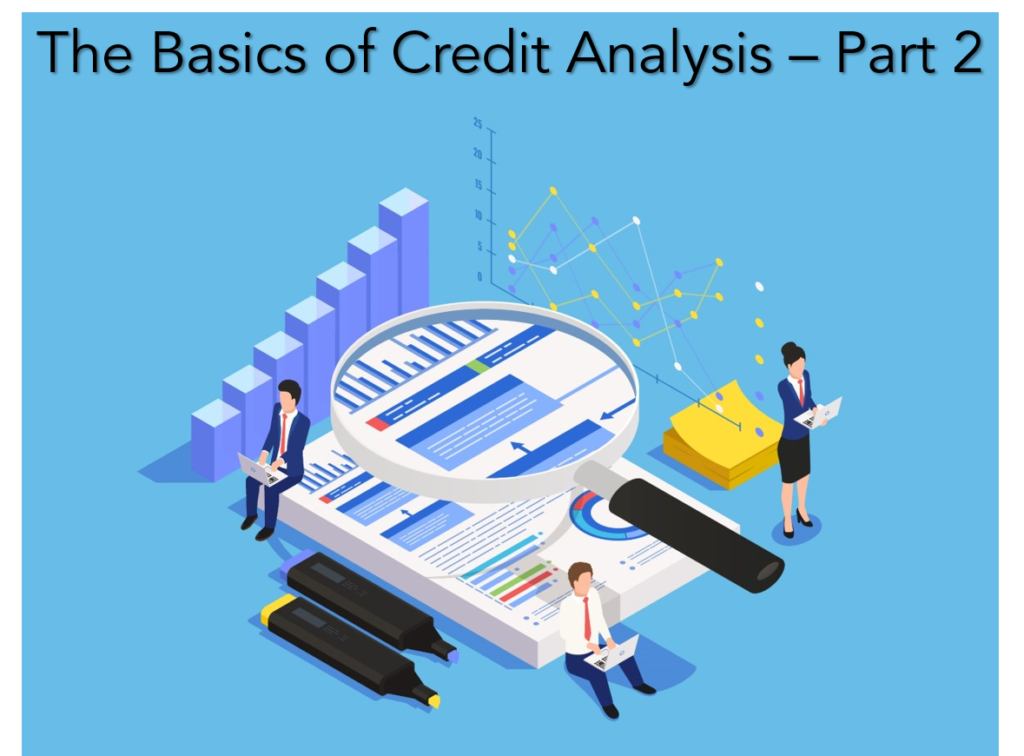In case you have missed out on the first part of this series. Check it out: The 5 C’s of Credit Analysis
Now that we are clear with what credit analysis is, it’s process and the 5c’s. Let’s understand what important data is required to make the final decision :
1. Borrower’s history
- A brief personal and financial background of borrower.
- Whether he has his own business or is he an employee
- Whether his business is well established or in the initial stage.
- If he is an employee, then the position he is at.
- Ownership of various assets.
- Total loan taken till date.
- Credit History in regards to whether he has defaulted on any loan taken earlier or not.
2. Important Documents
- Financial statements of the borrower.
- Tax return of the borrower.
- Value of assets as assessed by an independent valuation company.
- CIBIL score – Higher the score better. A higher score shows that the borrower has made payments of loan taken on timely basis i.e. risk is low.
- If the borrower has his own business then all the documents related to business. If any loan is taken for business purpose, then documents pertaining to that loan as well.
- Credit references and similar documents which can provide knowledge about the borrowers financial health.
The above data is carefully analyzed for all the 5c’s and a final decision is taken whether to lend or not.
Case Study
Let’s take a hypothetical case study and try and apply all the basics that we have learnt so far on credit analysis:
Prakash is a business man and has recently delayed on a loan repayment due to technical issue. He owns multiple profit making businesses, fancy car, few bungalows and houses in all major cities. He wants a loan of Rs. 1 cr to buy a farmhouse (Total Value is Rs.10 crs) and intends to invest his own money for remaining value of the farmhouse. He will mortgage this and also provide one house (Value of the house is Rs.1.8cr) as security. Loan will be for a period of 5 years at interest rate of 8% pa and can be pre-paid by paying a penalty. He has an outstanding loan of 5 crs taken previously for various requirements.
Step 1: Collect all the information about the borrower.
A brief information about the client?
- Borrower: Prakash
- Source of Income: He is a business man and has multiple companies
- Assets Held: Houses, cars and bungalows
- Outstanding Loan Amount: Rs. 5 crs
What are the documents required?
- Tax return of the borrower.
- CIBIL score (Credit Information Bureau India Limited)
- Credit references from various banks and other companies from whom Prakash has taken loan in the past.
- Value of all the cars, bungalow, houses held by him given by an independent valuation company.
Step 2: Analyze the information collected for the 5C’s
Character: The borrower seems to be honest and ambitious. Even though there was a delay in payment of previous loan, there is no instance which shows that Prakash had no intention to delay the payment. This also shows his integrity and commitment towards it.
Capacity: Prakash has sufficient ability to repay back the loan as can be seem from the various profit making businesses that he owns. Also, he has a large number of other assets.
Capital: Prakash has invested his own i.e. Rs.9 cr on the flat for which he has taken a loan. So, he has invested large amount of his own money which gives confidence that chances of Prakash defaulting on his loans is very less.
Collateral: There is sufficient collateral provided by him against the loan taken in form of mortgage of the farmhouse and house. So in case Prakash defaults on his loan the security can be sold and the amount of loan can be recovered.
Condition: He requires the loan of Rs. 1 cr to buy a farmhouse for personal loan. The loan will be for a period of 5 years with interest rate at 8% with an option to prepay with pre-payment fees.
Step 3: Make a final decision
Conclusion: The loan can be given to Prakash as there is sufficient security provided and the borrower has sufficient capacity to pay back the loan and he is honest and committed.
Liked the Article you just read? Show us your support by clicking that like button and sharing it with your friends using #tfpforall. Also don’t forget to leave your thoughts about the article in the comment section below.
You can become a part of our mailing list by clicking here


very precise